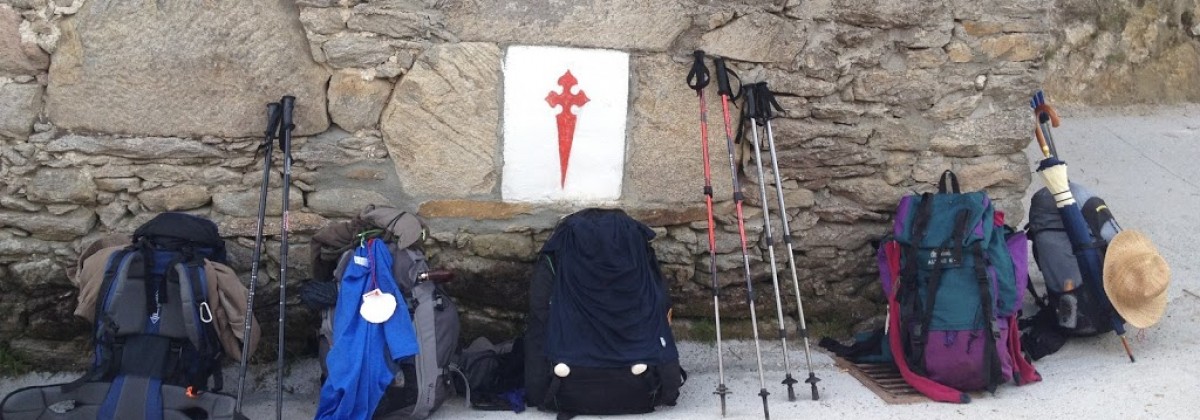as I mentioned in my previous post, a clock tower tops the ayutameiento (or city hall, basically) in Plaza Mayor in Astorga and features two traditionally-dressed Maragatos. their likeness can be seen all over town — from the clock tower to a mosaic below the display window of jewelry store to boxes of the local pastry known as Mantecadas. while they the pastry, similar to pound cake, can be found throughout Spain the Mantecadas de Astorga are unique in the type of ingredients, which consist of eggs, flour, sugar, and cow fat. that last item is what sets them apart — so much so that they’ve received official designation and protection for their geographic uniqueness from the European Union.
 I’ve conflated Mantecadas and Maragatos in my head but the are, in fact, remarkably different — one is a tasty pastry that uses cow fat and enjoys governmental protection, the other is a group of people that have long populated the region around Astorga. the origins of the Maragatos are hazy because they come from the mountains to the west of the city their ancestry is disputed. in the mid-19th century a British observer speculated they might be descended from Goths who sided with Muslims during the period of Moorish control of the region. other theories contend that: they descended from a king with the name of Maragato; the name stems from a Roman word meaning “merchant” because they relied on trading rather than farming to survive in the rocky mountains; they’re an isolated group of Mozarabs who managed to preserve their customs in the face of Christian dominance; the consist of the last remnant of Astures, Berbers, Visigoths or Carthaginians.
I’ve conflated Mantecadas and Maragatos in my head but the are, in fact, remarkably different — one is a tasty pastry that uses cow fat and enjoys governmental protection, the other is a group of people that have long populated the region around Astorga. the origins of the Maragatos are hazy because they come from the mountains to the west of the city their ancestry is disputed. in the mid-19th century a British observer speculated they might be descended from Goths who sided with Muslims during the period of Moorish control of the region. other theories contend that: they descended from a king with the name of Maragato; the name stems from a Roman word meaning “merchant” because they relied on trading rather than farming to survive in the rocky mountains; they’re an isolated group of Mozarabs who managed to preserve their customs in the face of Christian dominance; the consist of the last remnant of Astures, Berbers, Visigoths or Carthaginians.
whatever their origins, their dress set them apart whenever they travel throughout Spain, though its become less common to see the distinct outfits in recent decades. men wore wide breeches, white shirts, red garters, and slouch hats. women wore crescent hats, lacy mantles, black skirts and intricate filigree earrings. as with much of traditional Spain, the modern era has withered away both cultural traditions and dress and sightings now remain consigned primarily to museums or tourist sites.


